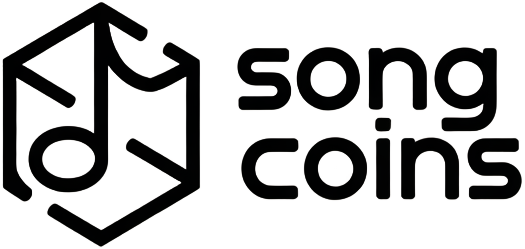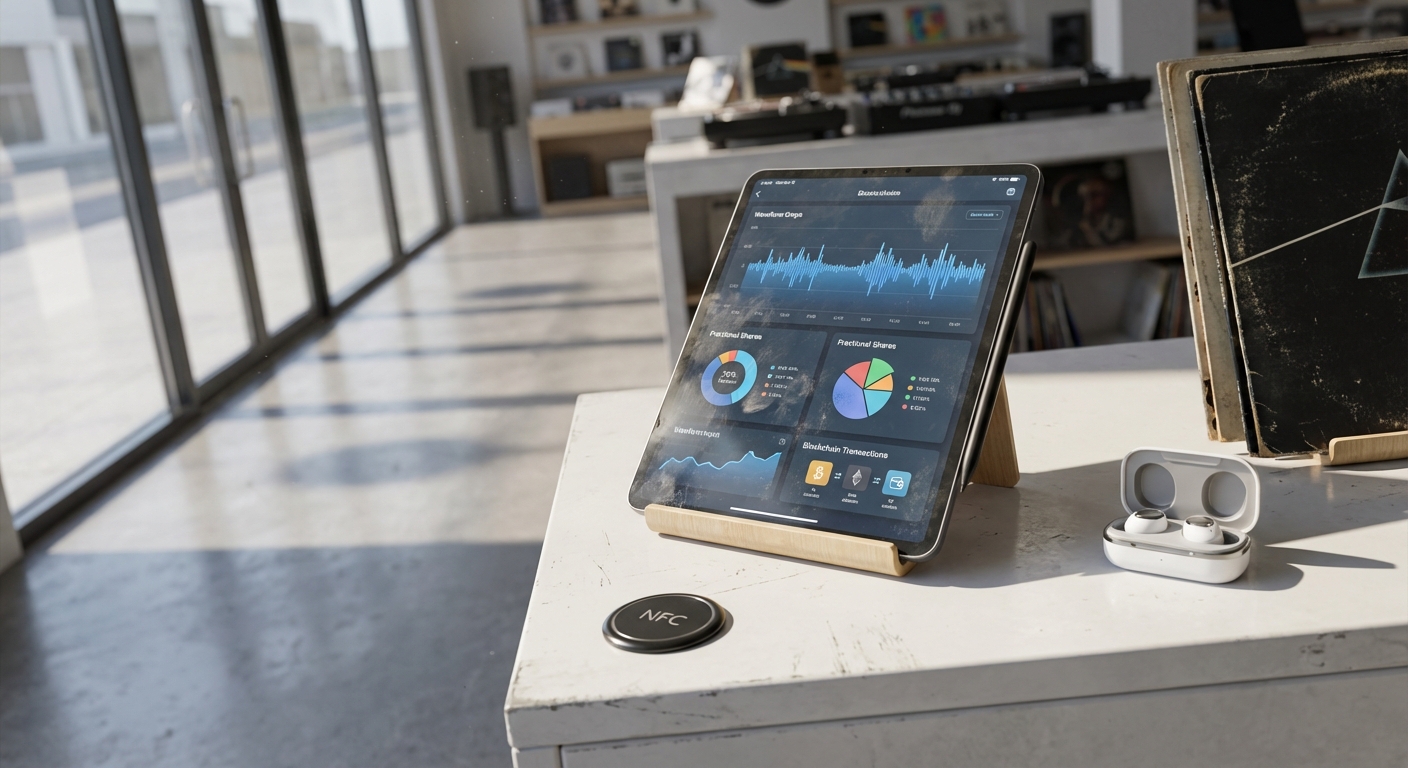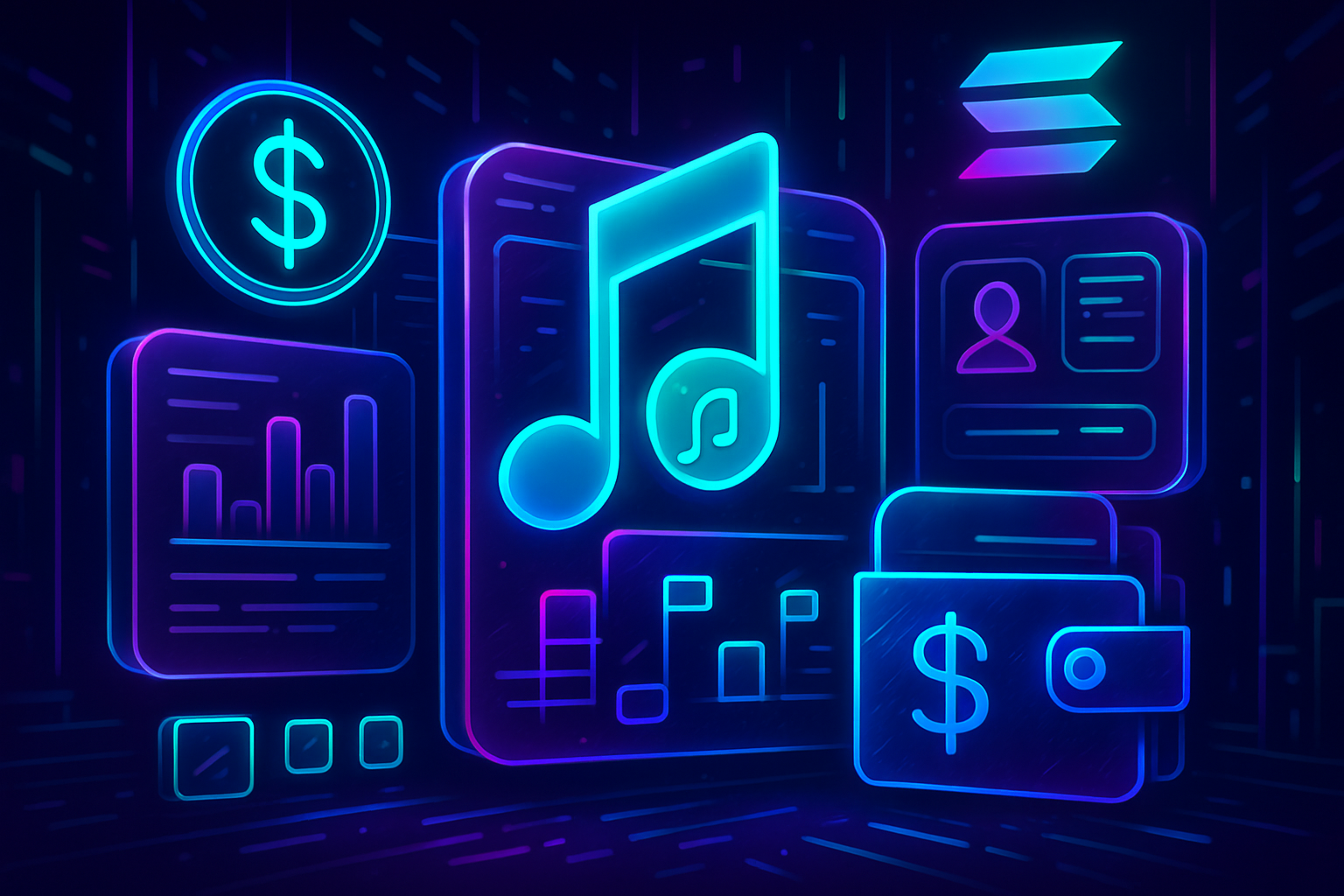
Tokenized music royalties have rapidly become a standout use case for blockchain technology, especially on the Solana network. As of October 2025, with Solana trading at $236.50, interest in earning passive income through music NFTs is surging among investors and artists alike. But how exactly do Solana music NFTs turn streaming hits into hands-free payouts? Let’s break down the mechanics, explore the top platforms, and look at real-world earning examples to demystify this innovative market.
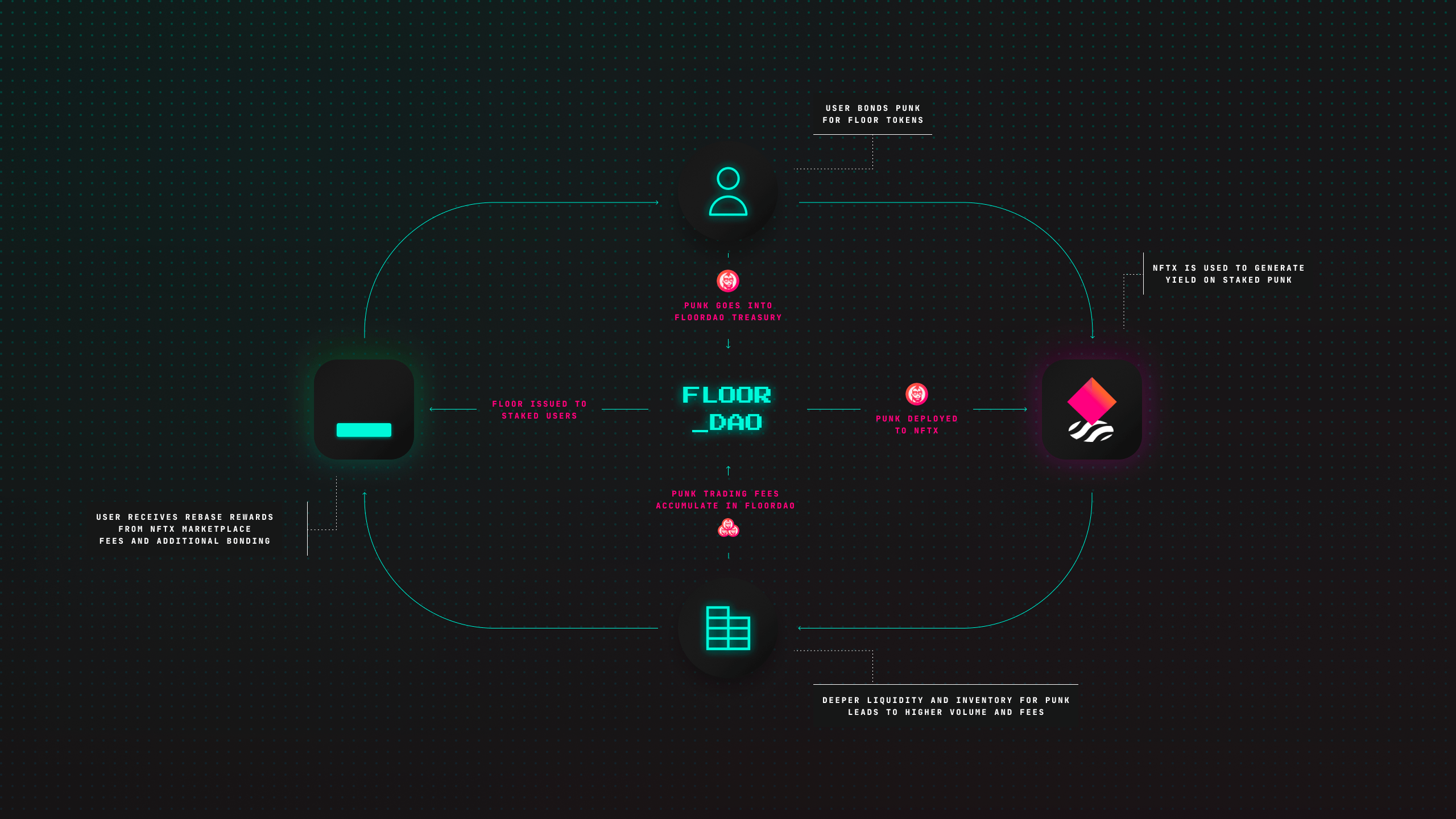
How Fractional Ownership and Automated Royalty Distribution Work
The core innovation behind tokenized music royalties on Solana is fractional ownership. Instead of buying an entire song’s rights (which can be prohibitively expensive), investors purchase digital tokens that represent a share of future royalty revenue from a track or catalog. These tokens are structured as NFTs, each one tied to a portion of streaming or licensing income.
What makes this model so compelling for passive income seekers is automation. On Solana, smart contracts are programmed to track usage data from platforms like Spotify or Apple Music. As the underlying music generates revenue, these smart contracts distribute earned funds (in SOL or stablecoins) directly into the wallets of NFT holders. This process is fully transparent and requires no manual intervention, meaning you earn your share without lifting a finger.
Solana-Based Music NFT Marketplaces: Where to Buy and Trade
The marketplace landscape for Solana music NFTs has evolved quickly since the early days. While Formfunction was an early pioneer before its closure in 2023, several other platforms now support both primary sales and active secondary trading:
Key Solana Marketplaces for Music NFTs: Highlights
-
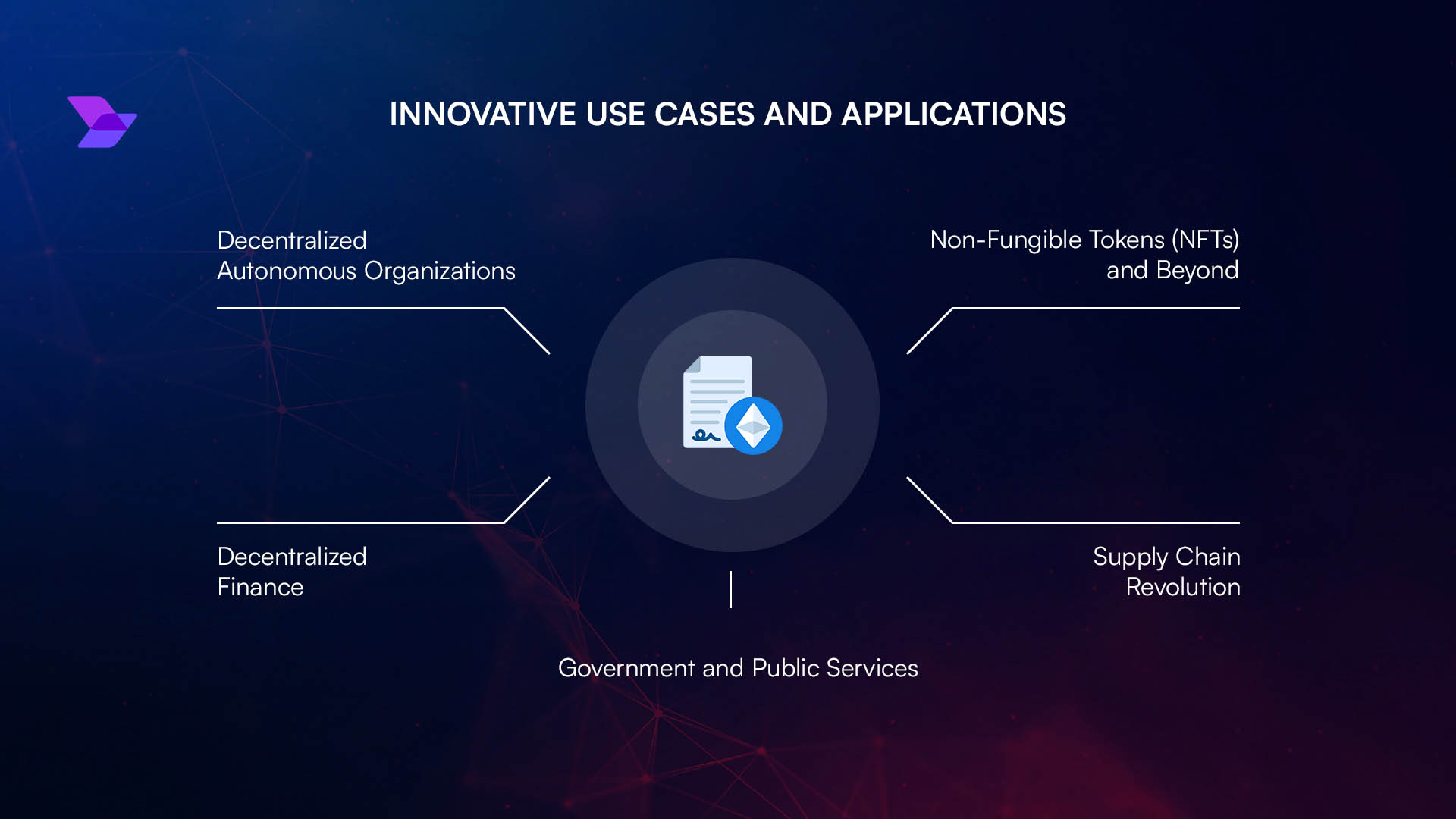
Mechanics: Fractional Ownership and Automated Royalty Distribution – On Solana, music NFTs are structured so that holders own a share of streaming or licensing royalties. Smart contracts automatically track usage data and distribute earned revenue (in SOL or stablecoins) directly to NFT holders’ wallets, ensuring transparent, hands-free passive income.
-
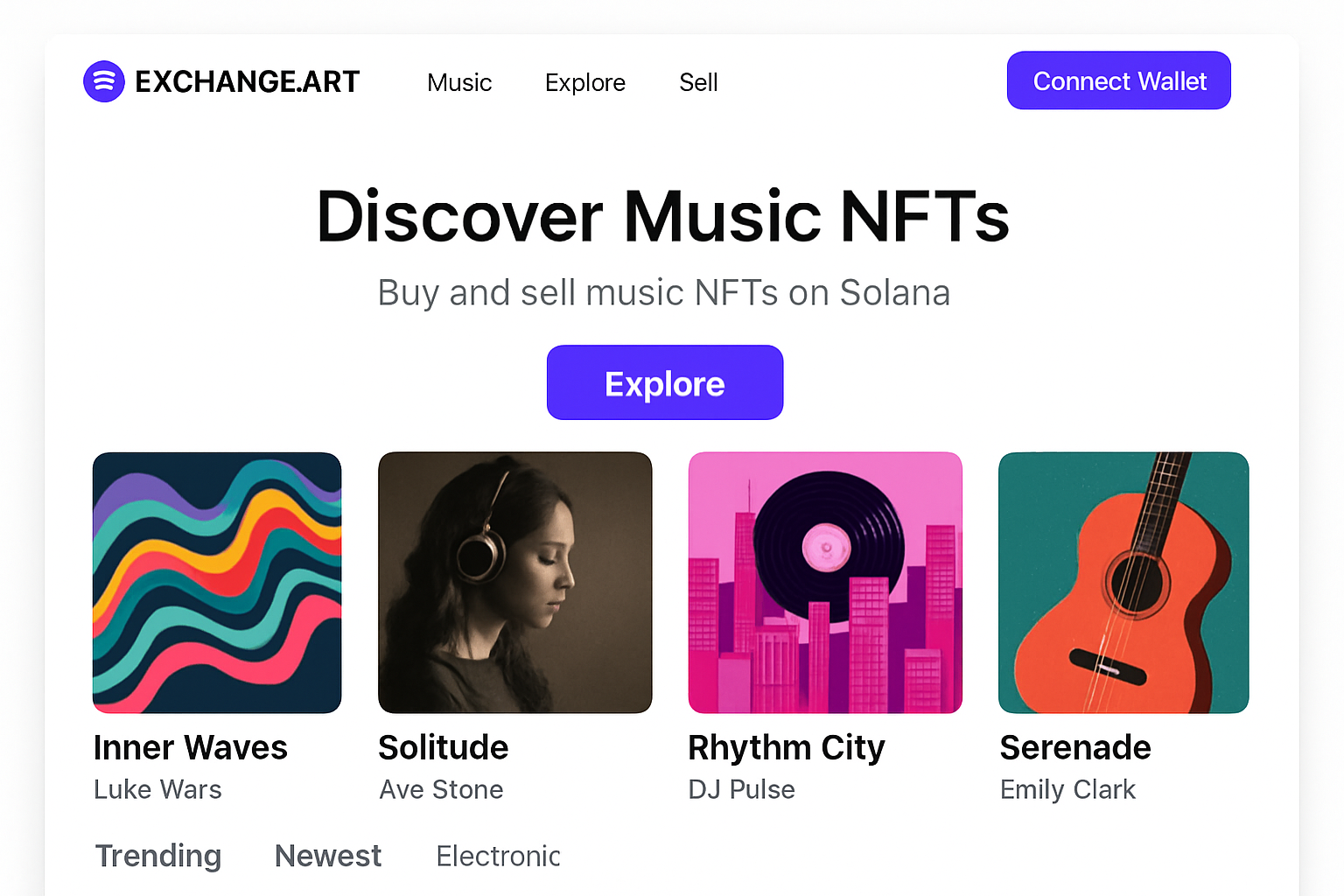
Platforms: Solana-Based Music NFT Marketplaces – Leading platforms like Formfunction (until its 2023 closure), Exchange.Art, and Hyperspace support music NFT listings and secondary trading. Emerging projects such as Vault Music and Coral Cube are building infrastructure specifically for tokenized music royalties on Solana, offering users secure on-chain royalty management.
-
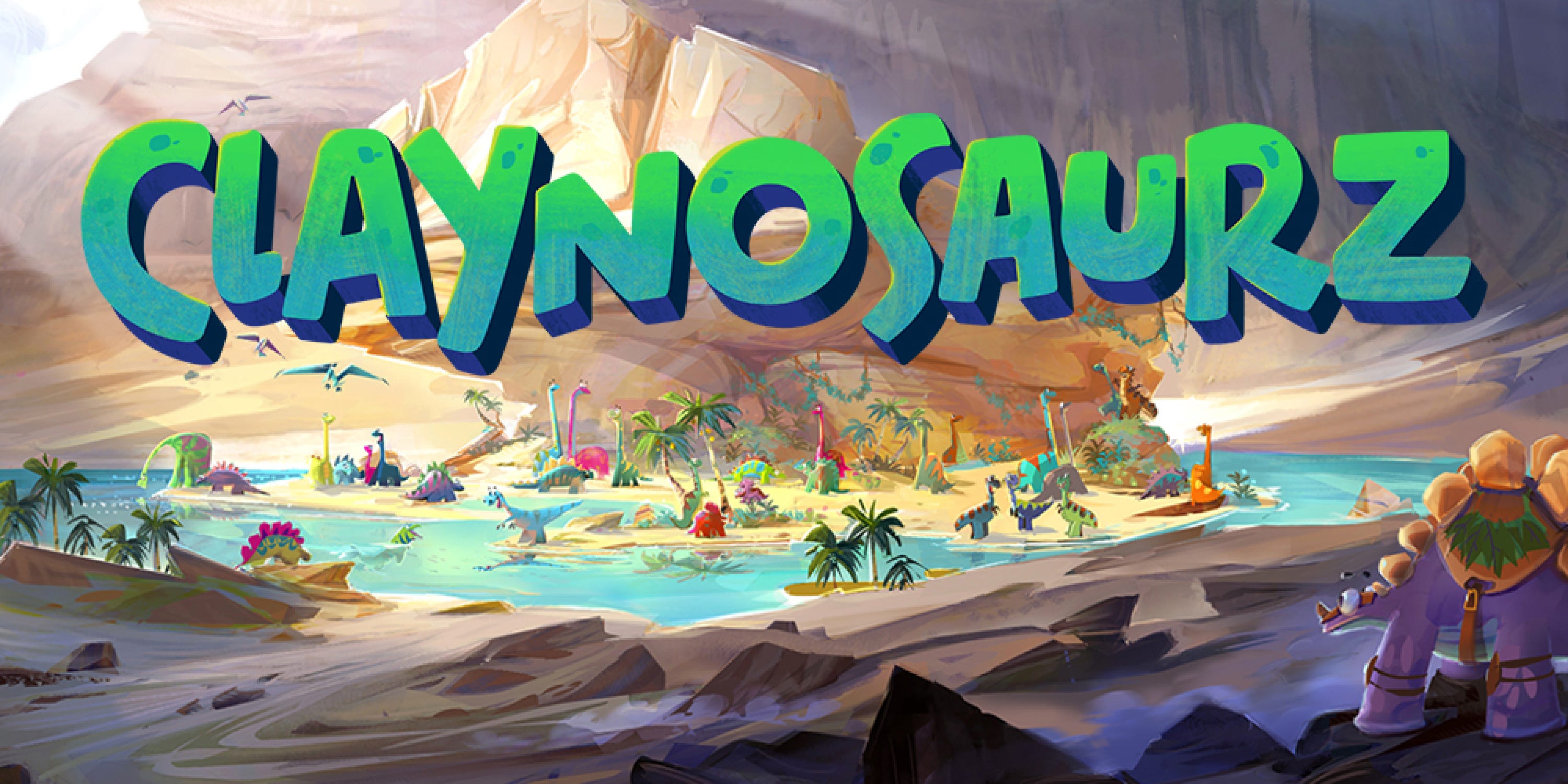
Examples: Earning Royalties from Solana Music NFTs – In 2024, artists like RAC and independent labels have issued music NFTs on Solana where buyers receive periodic payouts based on streaming performance. For instance, Vault Music’s drops allow fans to purchase royalty-backed NFTs that generate quarterly SOL distributions tied to real-world song revenue.
Exchange. Art and Hyperspace are currently leading venues for listing, buying, and selling music NFTs on-chain. Both offer robust interfaces for browsing available assets and tracking secondary market activity.
Meanwhile, new projects like Vault Music and Coral Cube are building dedicated infrastructure tailored specifically for tokenized royalty management. These platforms allow users not only to purchase royalty-backed NFTs but also to access transparent dashboards showing real-time earnings distributions, a crucial feature for anyone serious about tracking their passive income streams.
Earning Royalties: Real-World Examples from 2024 Onward
The promise of earning passive income isn’t just theoretical, real artists and fans are already participating in this new economy. In 2024, electronic musician RAC made headlines by issuing limited-edition music NFTs on Solana that entitled holders to quarterly payouts based on actual streaming performance. Similarly, independent labels have begun leveraging Vault Music’s drops to offer fans a stake in future song earnings.
A typical example involves Vault Music releasing a batch of royalty-backed NFTs tied to a new single or album. Fans who purchase these tokens receive quarterly SOL distributions directly into their wallets, each payout reflecting the song’s real-world revenue from digital platforms and sync deals.
These case studies underscore the practical benefits of tokenized music royalties for both artists and investors. For creators, platforms like Vault Music and Coral Cube offer a new way to finance releases and build community engagement, while fans can directly align their support with financial upside. The process is seamless: after acquiring an NFT, holders simply monitor their wallets as smart contracts handle all revenue tracking and distribution, no middlemen or opaque accounting required.
What Makes Solana Stand Out for Passive Income?
Solana’s technical advantages play a crucial role in making passive income from music NFTs viable. With transaction fees measured in fractions of a cent and block times under one second, royalty payments can be distributed efficiently and cost-effectively. This means more of the streaming or licensing revenue flows directly to NFT holders, rather than being eroded by network costs or administrative delays.
Additionally, Solana’s thriving NFT ecosystem ensures liquidity for music assets. Platforms like Exchange. Art and Hyperspace allow users to resell their royalty-backed NFTs at any time, giving investors flexibility to exit positions as market conditions change. Emerging infrastructure from Vault Music and Coral Cube further enhances transparency, users can view detailed breakdowns of earnings, track historical payouts, and verify on-chain ownership records at a glance.
Key Aspects of Passive Income with Solana Music NFTs
-
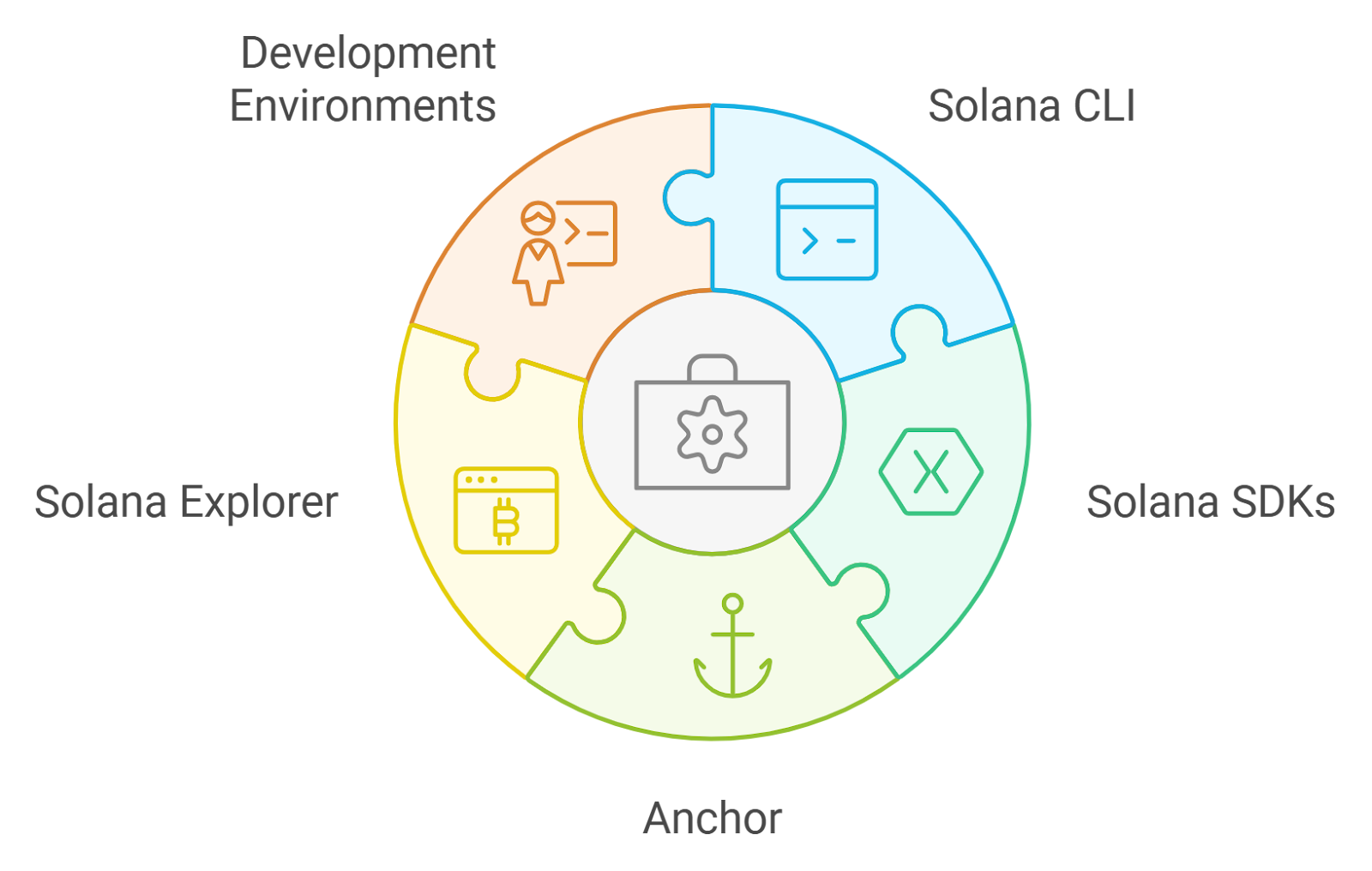
Mechanics: Fractional Ownership and Automated Royalty Distribution – On Solana, music NFTs are structured so that holders own a share of streaming or licensing royalties. Smart contracts automatically track usage data and distribute earned revenue (in SOL or stablecoins) directly to NFT holders’ wallets, ensuring transparent, hands-free passive income.
-
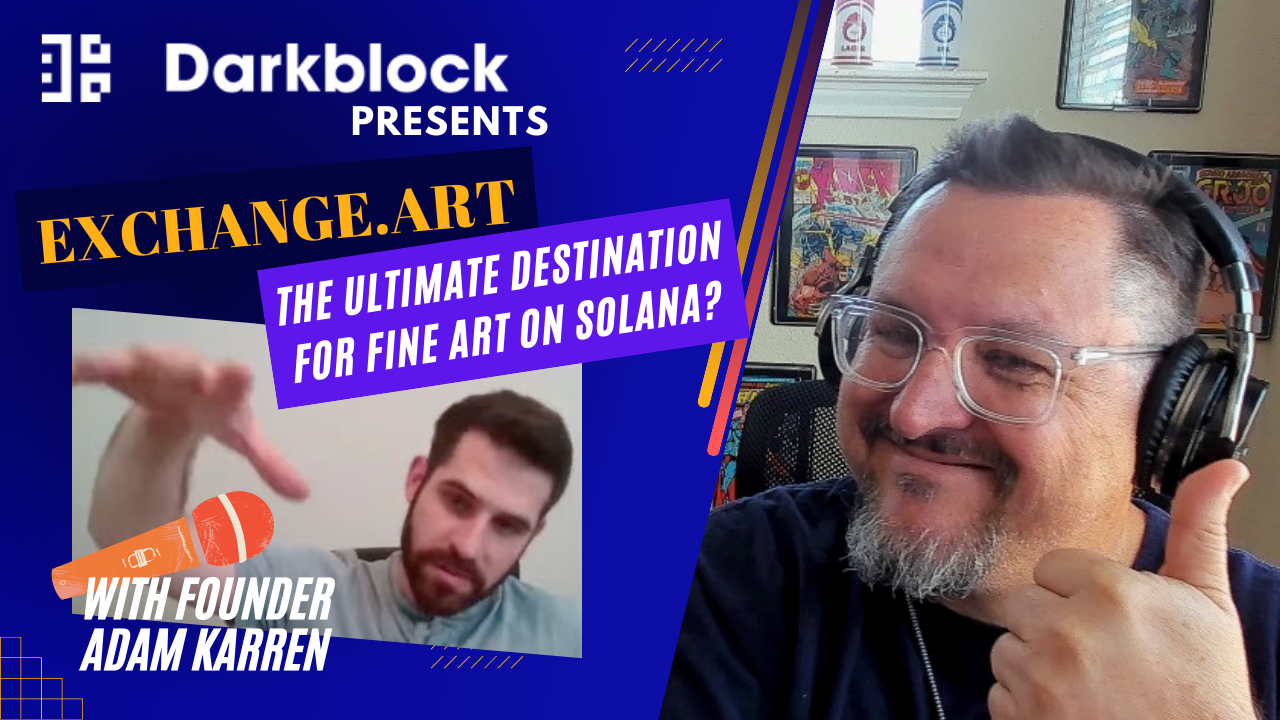
Platforms: Solana-Based Music NFT Marketplaces – Leading platforms like Formfunction (until its 2023 closure), Exchange.Art, and Hyperspace support music NFT listings and secondary trading. Emerging projects such as Vault Music and Coral Cube are building infrastructure specifically for tokenized music royalties on Solana, offering users secure on-chain royalty management.
-
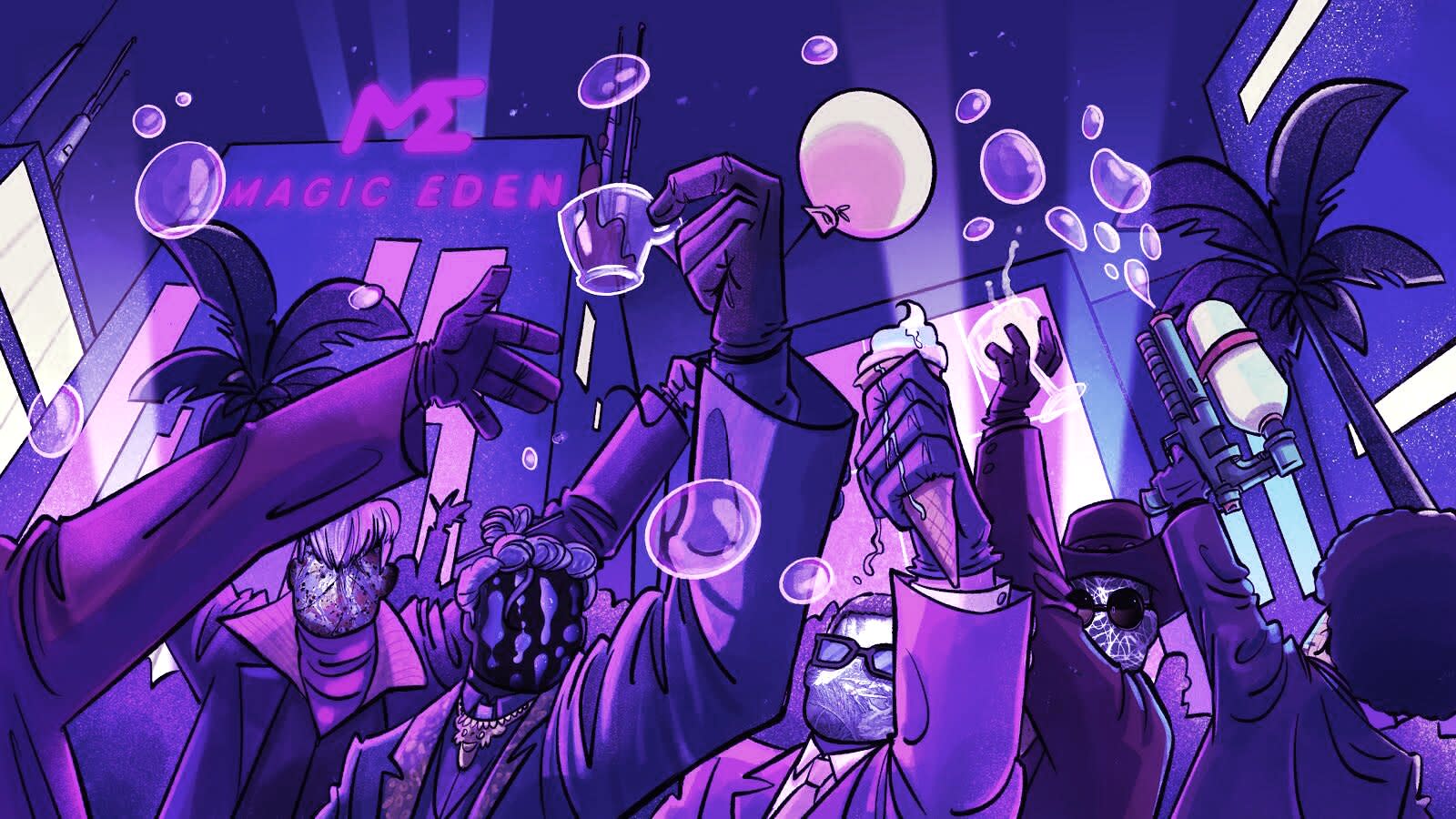
Examples: Earning Royalties from Solana Music NFTs – In 2024, artists like RAC and independent labels have issued music NFTs on Solana where buyers receive periodic payouts based on streaming performance. For instance, Vault Music’s drops allow fans to purchase royalty-backed NFTs that generate quarterly SOL distributions tied to real-world song revenue.
Risks, Rewards, and What to Watch
While the allure of hands-free royalty income is strong, it’s important to approach this space with diligence. The value of music NFTs depends on both the popularity of underlying tracks and the robustness of supporting platforms. As with any blockchain investment, market volatility is a reality, token prices fluctuate based on demand for both the music itself and broader sentiment toward Solana-based assets (currently priced at $236.50).
Platform risk also merits attention: always verify that your chosen marketplace has strong security practices and transparent reporting. Regulatory frameworks around tokenized royalties are still evolving; staying informed about legal developments will help protect your investment over time.
Despite these caveats, early adopters have already demonstrated that earning passive income from Solana music NFTs is more than just hype, it’s an emerging asset class with real-world utility for artists and supporters alike.
Final Thoughts: Navigating the Future of Music Royalties
The convergence of blockchain technology, fractional ownership models, and automated royalty distribution is reshaping how value flows in the global music industry. As platforms like Vault Music continue to innovate, and as Solana maintains its strong performance at $236.50: the opportunity for earning truly passive income through tokenized music royalties will only grow.
If you’re ready to participate in this evolving market, start by researching reputable Solana-based marketplaces such as Exchange. Art or Hyperspace for secondary trading opportunities. For those seeking direct exposure to real-world earnings from new releases, keep an eye on upcoming drops from Vault Music or Coral Cube.
